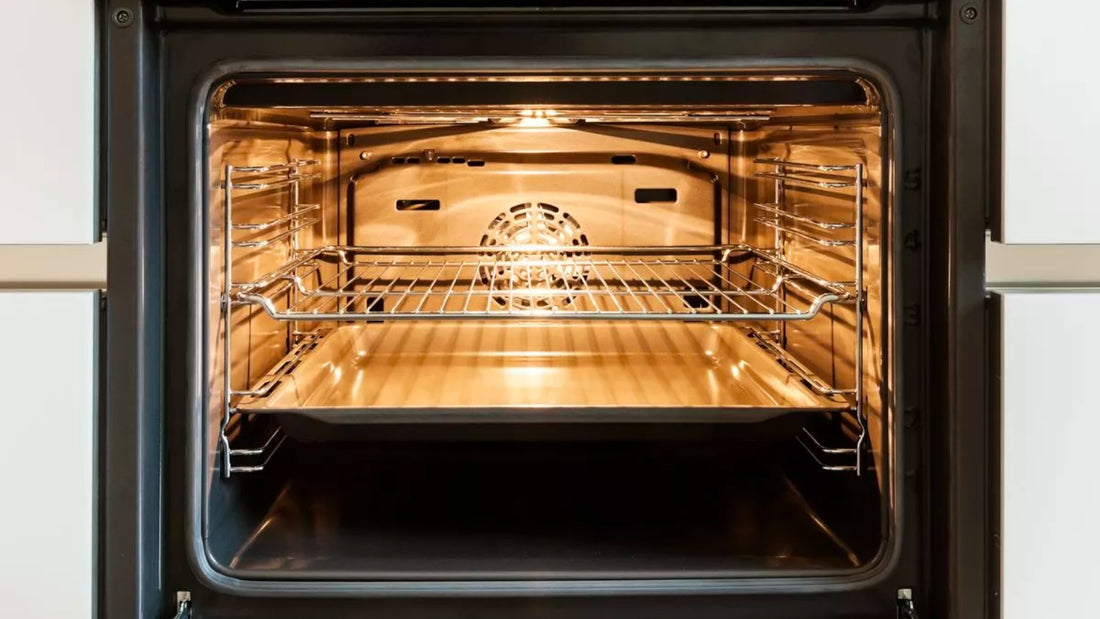Rotary switches are integral components in various kitchen appliances, including cookers, stoves, ovens, hobs, fryers, air hoods, ventilation systems, heating devices, microwaves, grills, and induction cooktops. However, despite their importance, rotary switches can experience failures and burnouts. In this blog post, we'll explore the specific reasons behind rotary switch failures in kitchen appliances and how to mitigate them effectively.
- Unstable Electrical Power Supply: Kitchen appliances are susceptible to damage from fluctuations in voltage and irregularities in the local power grid. Sudden spikes or drops in electrical flow can overload the rotary switch, leading to malfunctions or burnouts.
- Weather Effects: Extreme weather conditions, such as lightning strikes and floods, pose significant risks to kitchen appliances. Lightning strikes can cause power surges that damage the rotary switch, while floods can result in water damage, corroding internal components.
- Incorrect Connection: Improper wiring or faulty connections between the appliance and the power outlet can cause short circuits or electrical arcing, ultimately damaging the rotary switch. It's crucial to ensure that appliances are correctly wired and connected to prevent such issues.
- Defective Components: Kitchen appliances rely on various interconnected components, including heat resistances, motors, fans, thermostats, and safety devices. Defects or failures in these components can indirectly affect the performance of the rotary switch, leading to failure over time.
- Low-Quality Materials: The quality of materials used in manufacturing rotary switches and associated components can impact their reliability. Substandard material compositions, included in wire connectors and plastic/metal components, may degrade over time, increasing the likelihood of switch failure.
- Loose Connections: Loose or deformed terminal connectors on the appliance's wire harness can create resistance and generate heat, eventually causing the rotary switch to fail. Regular inspection and maintenance of wire connections are essential to prevent this issue.
- Excessive Heat: Kitchen appliances, especially those involved in cooking processes, can generate significant heat during operation. Prolonged exposure to high temperatures without proper cooling can degrade internal components and lead to rotary switch failure.
- General Mistreatment: Improper handling or mistreatment of kitchen appliances can accelerate wear and tear on rotary switches. Users should follow manufacturer guidelines for usage and maintenance to ensure the longevity of the appliance and its components.
In conclusion, understanding the potential causes behind rotary switch failures in kitchen appliances is crucial for maintaining their reliability and longevity. By addressing these factors and implementing preventive measures, users can minimize the risk of switch malfunctions and ensure the smooth operation of their appliances.

